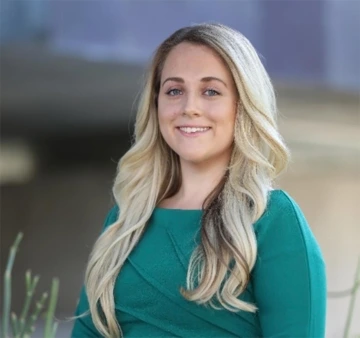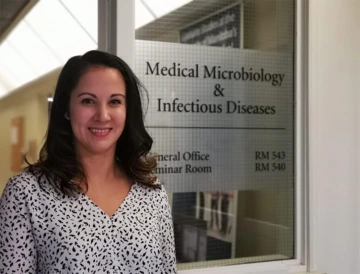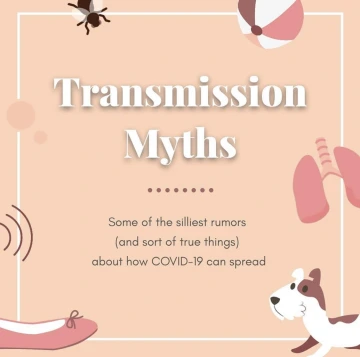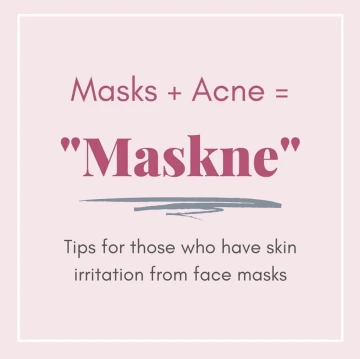Combating Misinformation with ‘COVID Mythbusters’
A UArizona Health Sciences public health student and a microbiology student in Canada won a science competition with an Instagram account to refute bad science.

In late June, as the number of COVID-19 cases surged in Arizona and around the country, Davina Dobbins, an MBA/MPH student at the Mel and Enid Zuckerman College of Public Health, wanted to help stop the virus. She was looking for ways to respond and saw an email promotion about an upcoming science communication competition: #SciCommMake. She decided to enter.

Davina Dobbins
The #SciCommMake competition, hosted by the Scientific Research Honor Society SigmaXi and Science Talk, a professional society for science communicators, required applicants to submit an idea about how to improve COVID-19 communication with the general public, along with samples of their previous work. Both students applied.
Competition begins
The competition organizers accepted 50 finalists, then cohosted an online mixer that brought together the finalists in an effort to find applicants whose ideas aligned so they could work in teams. Frost and Dobbins were matched because of their common interest in working with underserved populations, and their shared passion to reach younger audiences with reliable information.

Jasmine Frost
Their proposed project “Covid Mythbusters” on Instagram earned one of the ten awards given by #SciCommMake. Dobbins and Frost received a total of $1,000 to launch their page in mid-August. The budget allowed the team to hire a graphic designer, pay to promote posts on Instagram, subscribe to digital content applications such as Canva, and provide a small stipend as they managed the Instagram page, generated all written content and began to refine their own design skills.
The duo’s project inspiration

Each of the Instagram stories contained several images, this is the first of 8 images on transmission myths.
Dobbins was passionate about improving ways to reach the young-adult audience, while Frost was interested in debunking misinformation surrounding coronavirus. Together, they launched the “Covid Mythbusters” Instagram page to counter bad information about the virus and to share science-based guidance to slow and stop the spread.
Each week, the duo meets to discuss upcoming social events as well as coronavirus news to determine which topics to address. They often take suggestions from their followers and people who engage with their stories on the Instagram platform.

The Instagram stories also included useful tips for life during this pandemic.
Although the project requires several hours of time from both students each week, they say they continue to feel inspired when they see increased engagement from their users, including likes, shares, and meaningful questions and comments.
The project has sharpened their science communication skills, and they have both learned how to shape messages that are engaging and informative.
The account has reached tens of thousands of people, and although the project has officially run its course, Dobbins and Frost plan to keep the “Covid Mythbusters” page going so they can continue to address misinformation about COVID-19 and help stop its spread.

